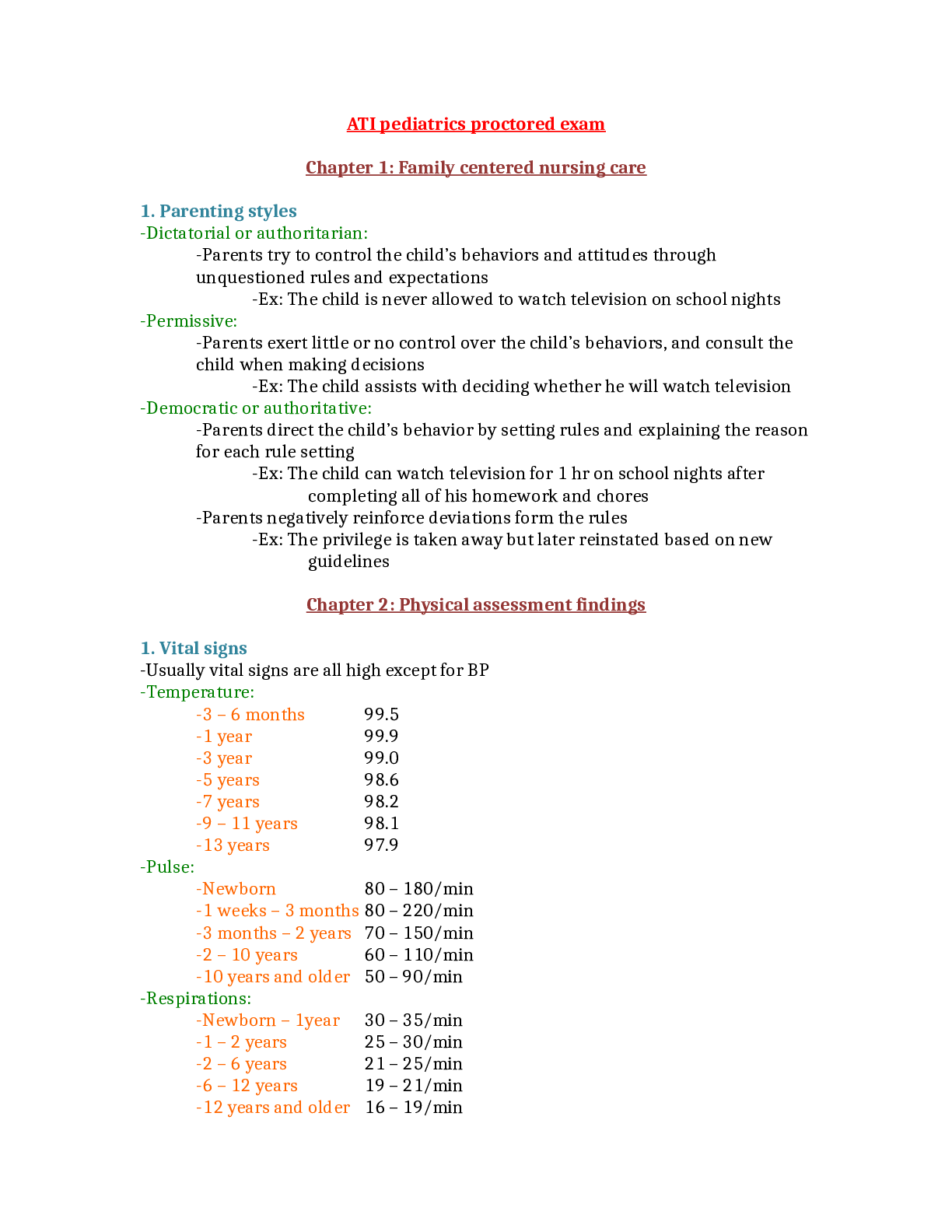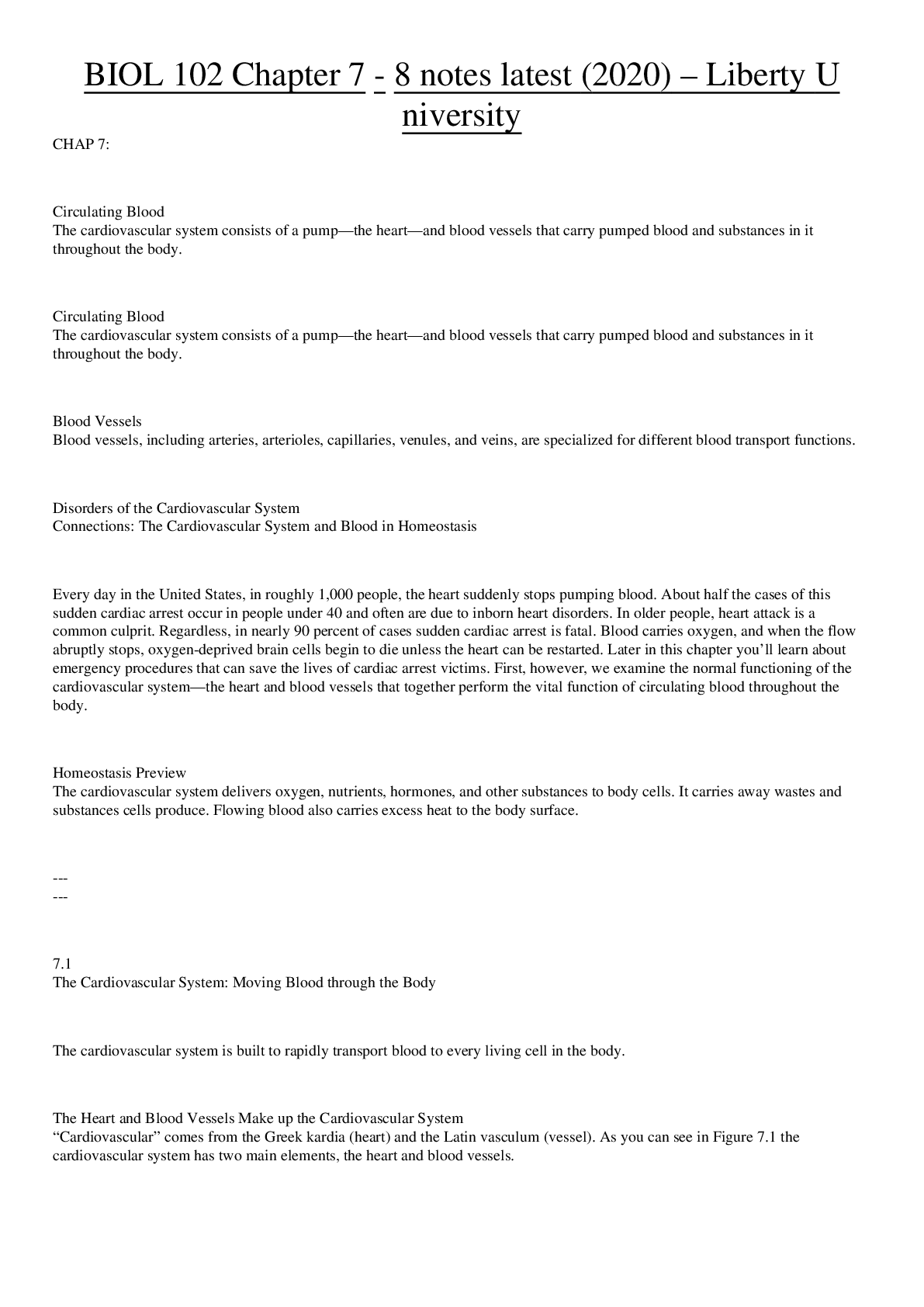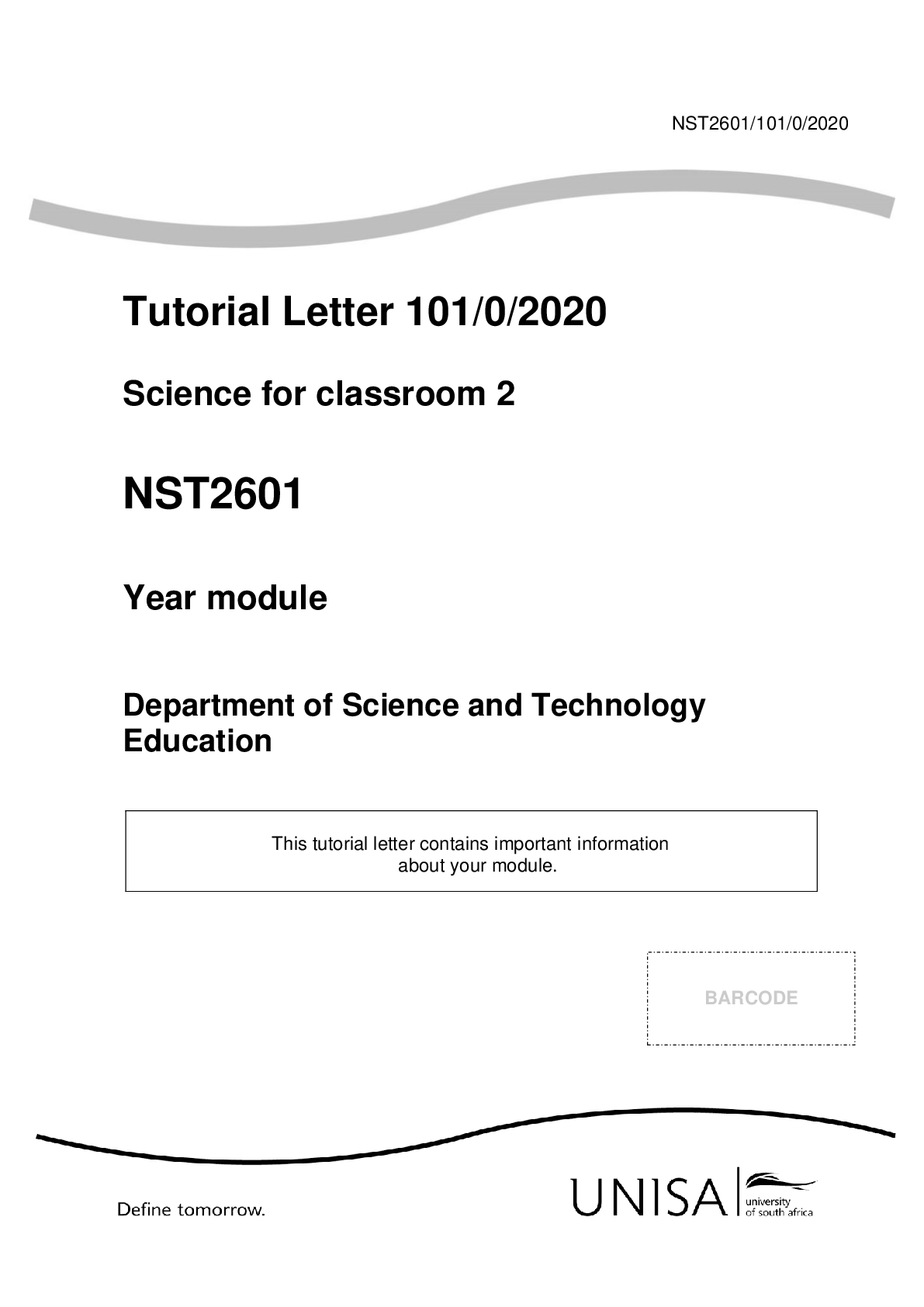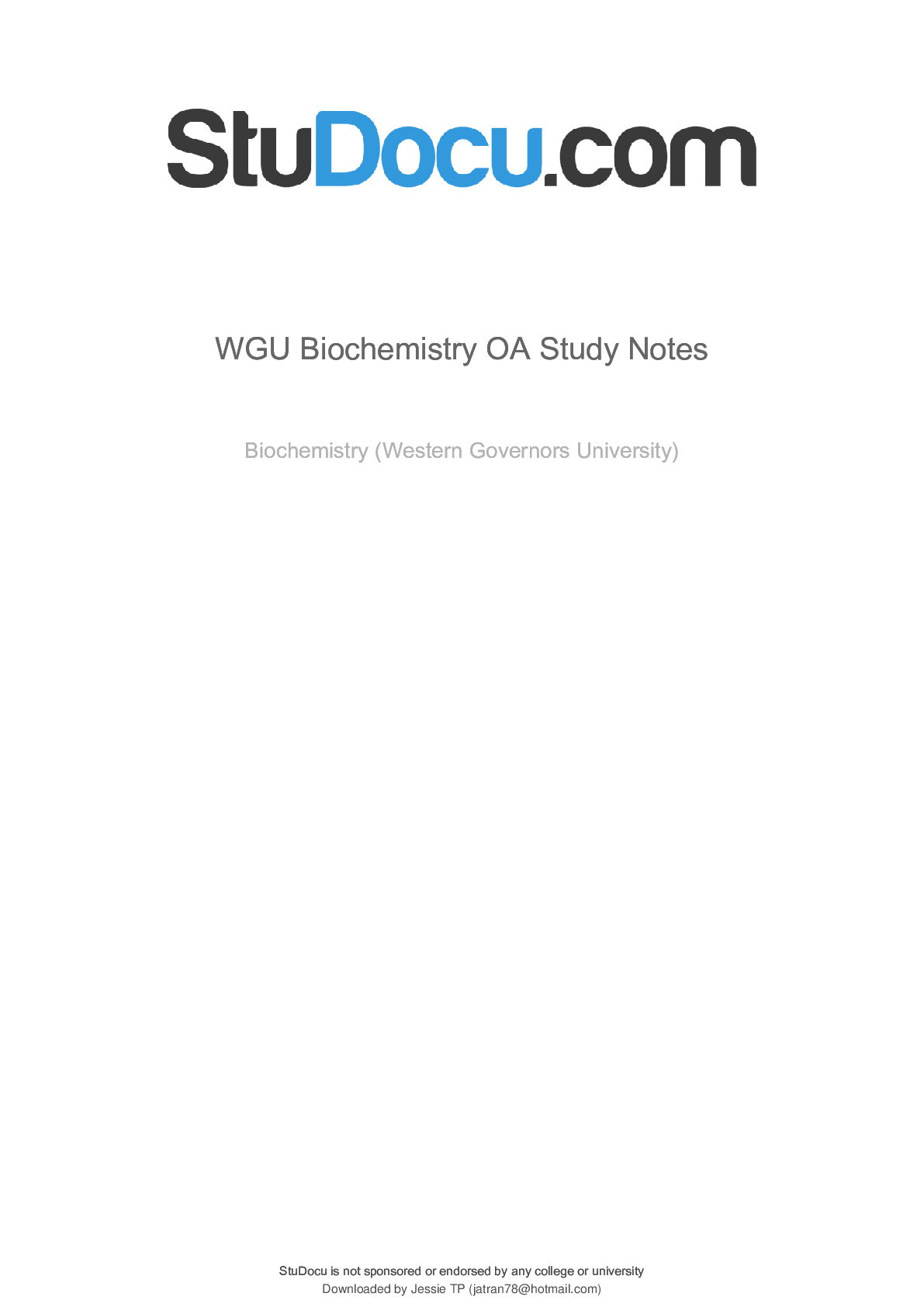Physiology > LECTURE NOTES > Gastrointestinal physiology- GI motility (All)
Gastrointestinal physiology- GI motility
Document Content and Description Below
This document is regarding gastrointestinal physiology- stomach, small intestinal, large intestinal and enteric nervous system. GI motility is defined by the movements of the digestive system, and ... the transit of the contents within it. When nerves or muscles in any portion of the digestive tract do not function with their normal strength and coordination, a person develops symptoms related to motility problems. There are a variety of motility disorders that can affect the GI tract from the very top (esophagus) to the very bottom (colon and rectum). Each part of the GI tract – esophagus, stomach, small intestine, and large intestine – has a unique function to perform in digestion, and each has a distinct type of motility and sensation. When motility or sensations are not appropriate for performing this function, symptoms occur. m [Show More]
Last updated: 3 months ago
Preview 1 out of 5 pages
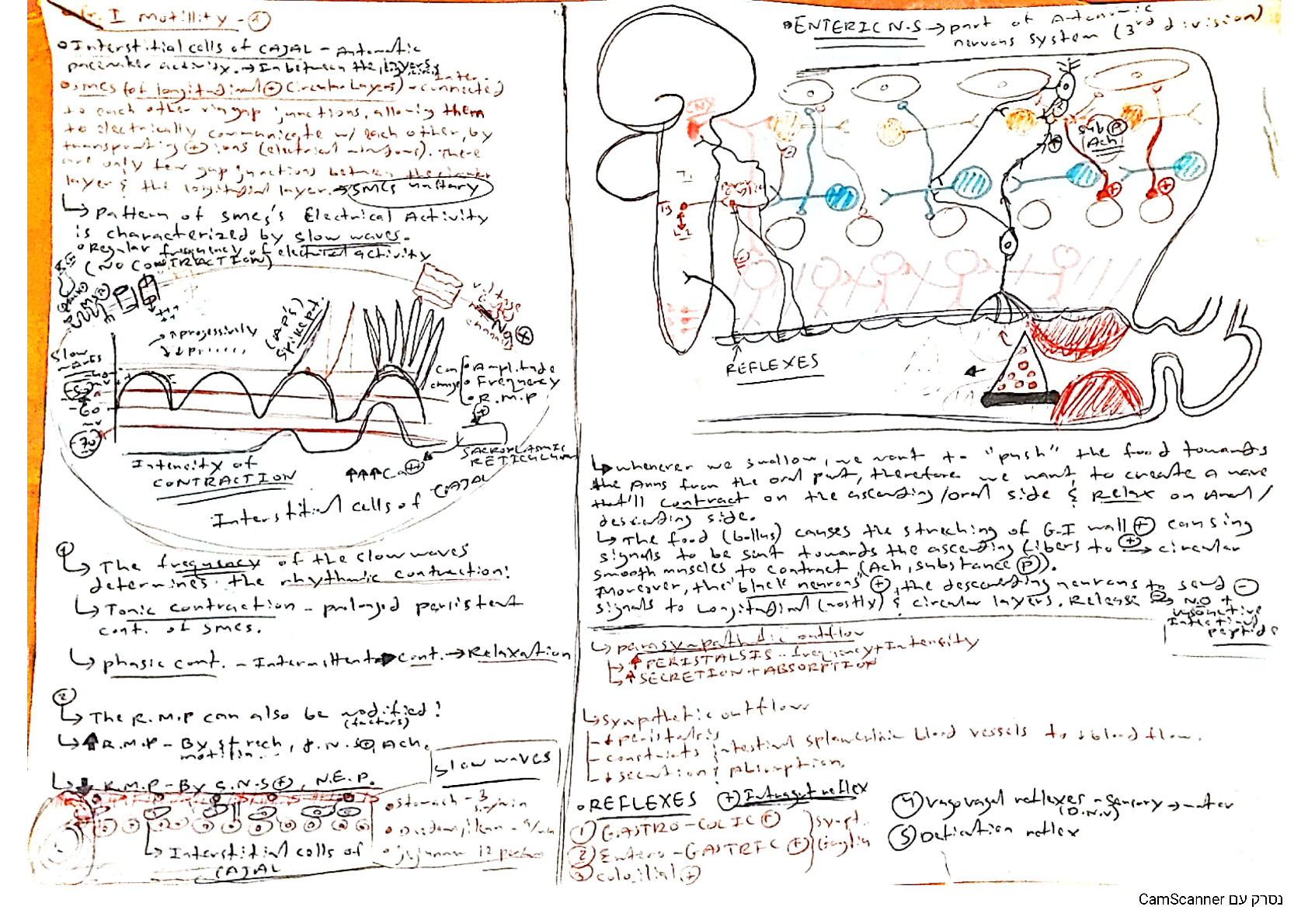
Reviews( 0 )
Document information
Connected school, study & course
About the document
Uploaded On
Jan 17, 2024
Number of pages
5
Written in
Additional information
This document has been written for:
Uploaded
Jan 17, 2024
Downloads
0
Views
20






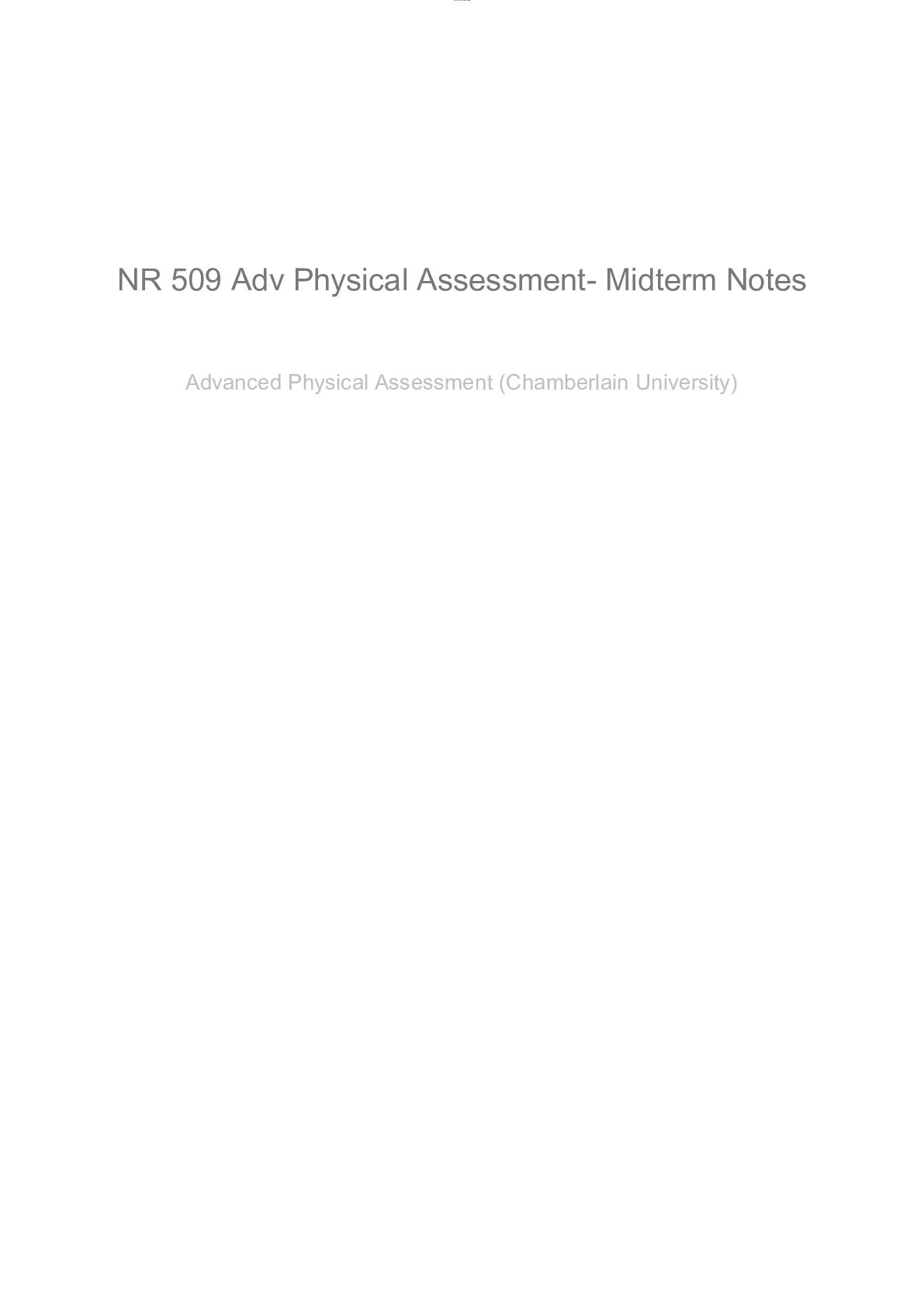

.png)



